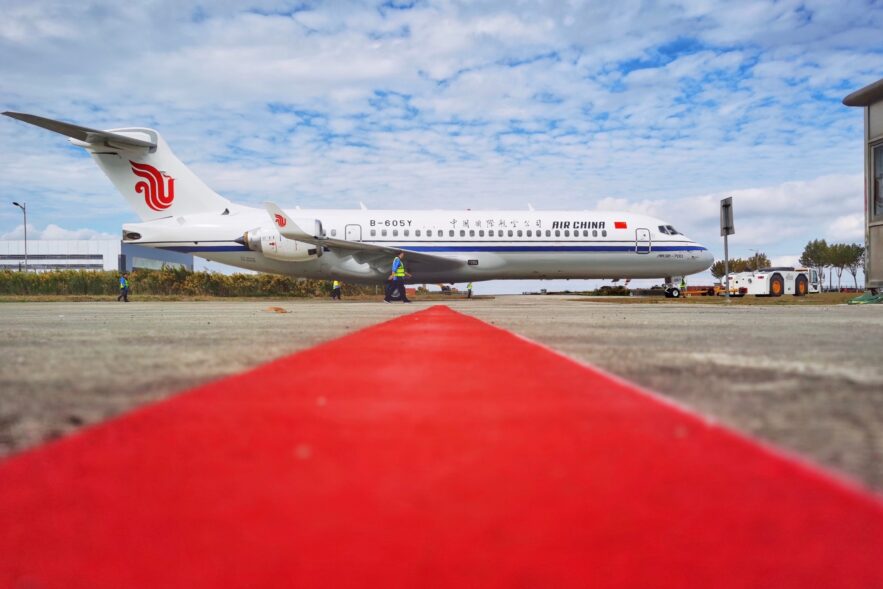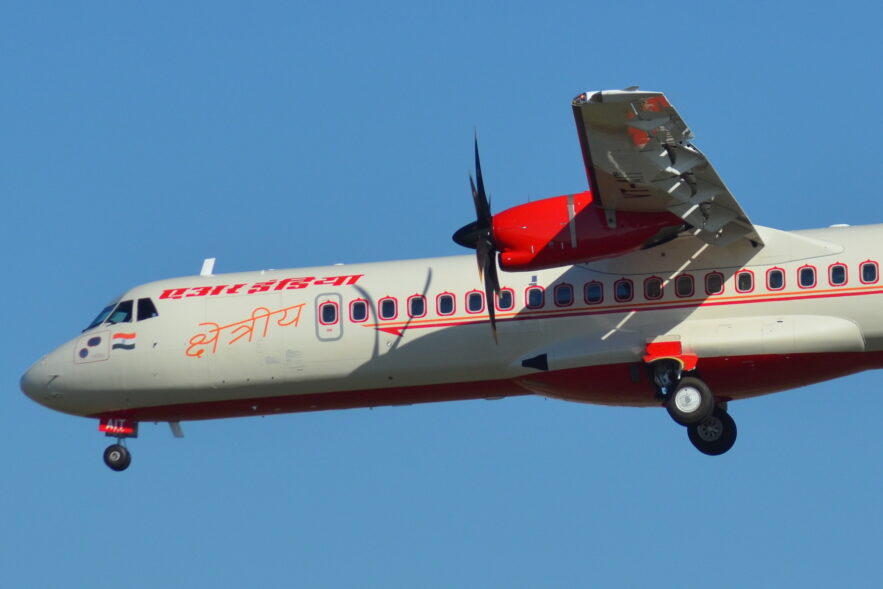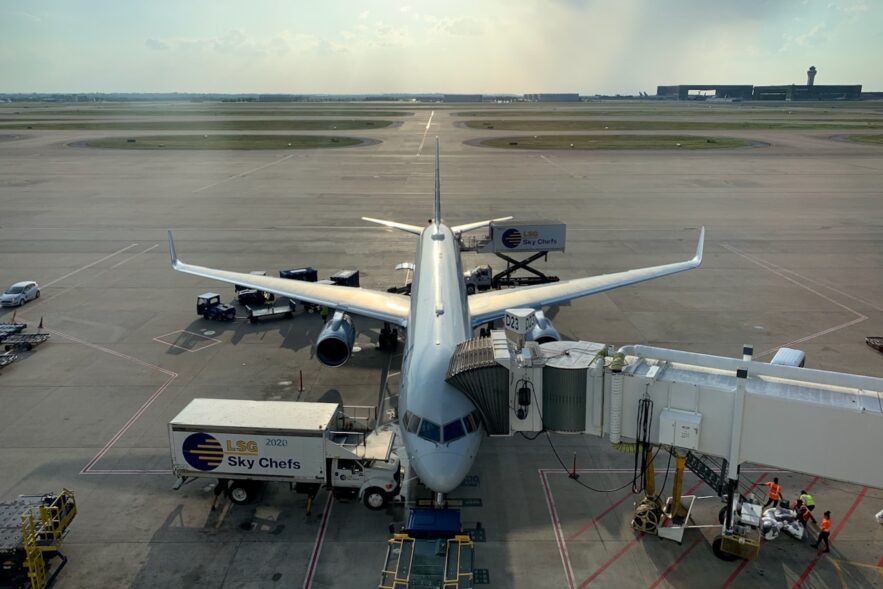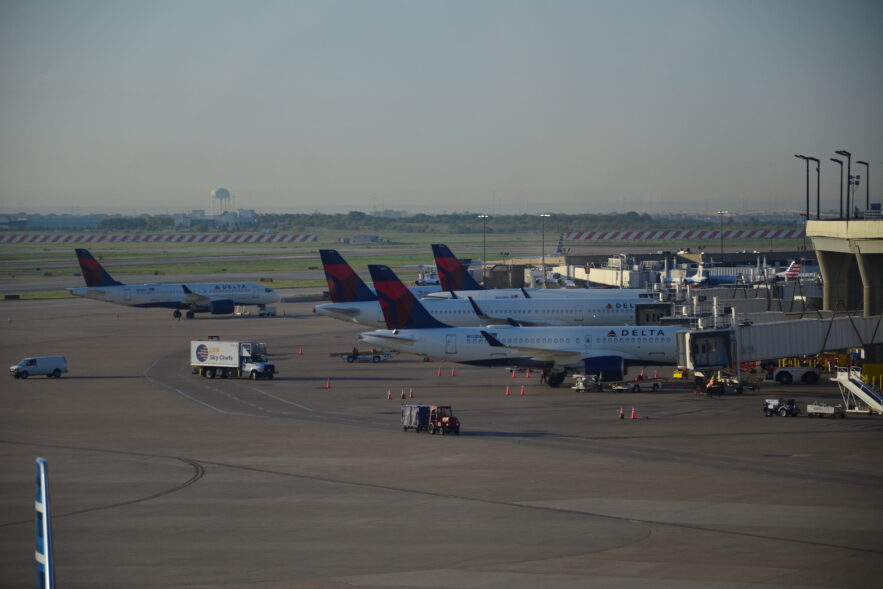How China shut down its air travel system for Lunar New Year.
Mandated COVID-19 testing for U.S. domestic travel would cost airlines billions, set recovery back to June levels.
The factors that will define the air travel recovery in 2021.
As we begin 2021, low-cost carriers are in the driver’s seat.
As 2020 draws to a close, TAC Analysis reflects on the economic chaos wrought by COVID-19 on capacity, traffic (and most importantly) revenue.
The nuances of regional markets, both emerging and established, will offer a path for Embraer's E3, but will also limit its possible success. Turboprop customers are particularly sensitive to aircraft pricing, which will be challenged by the scope and pricing of a new development. By reintegrating its commercial unit, Embraer’s engineering talent is unconstrained to operate across its executive jet, defense and eVTOL businesses.
With receding regional aviation competitors, Embraer studies a return to a market that hasn’t had the choice of an all-new product in decades. Unique quirks of the turboprop market and Embraer technology planning will pressure E3 market potential. Big leaps in efficiency of single-aisle jets compresses the list of small markets that need a big turboprop.
The data shows a strong support of what was long expected to be true: Republican voters are currently more likely to return to the skies than their Democratic counterparts.
The connection between passenger traffic growth and new infections is mathematically meaningless.
Airlines can’t get back to 2019 levels if they furlough staff and retire portions of their fleets. The expiration of the airline provisions in the U.S.’s CARES Act puts the industry’s recovery at risk as airlines decide whether to keep staff in the face of mounting losses.
Airlines eagerly await a world where they only have to worry about the economy.
Log-in here if you’re already a subscriber Release DateSeptember 15, 2020Six months into the pandemic, it’s even worse for airlines...












